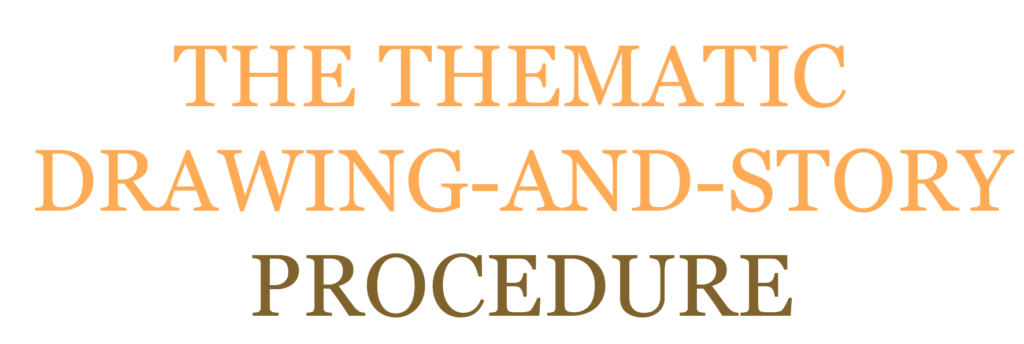FERNANDES, J. F. P. Doenças sexualmente transmissíveis: análise psicossocial das representações de alunos surdos [Sexually transmissible diseases: psychosocial analysis of deaf students’ representations]. 172 p. Master’s Dissertation – Universidade Federal do Ceará. Faculdade de Farmácia, Odontologia e Enfermagem, Fortaleza (CE), 2008.
Available on: http://www.repositorio.ufc.br/handle/riufc/1747
This study approaches deaf people’s social representations in the concerning to sexually transmissible diseases, due to the difficulty deafness causes in communication and, consequently, in the acquisition of contents on STD, strengthening susceptibility to such diseases. The research was carried out in a basic education deaf school. It aimed at: learning deaf students’ social representations on STD; identifying representations related to information acquisition, ways of STD contamination and prevention; interpreting their own social representations face to others and to themselves. The exploratory study was carried out with a stratified sample with students from 6th to 9th grades studying in the three times. To data collection, the researcher used the Word Association Test (WAT), the and by Thematic Drawing-and-Story Procedure which revealed that the parents had based survey and reports in field diary. Population consisted of 174 students and a sample of 107. Statiscal Package for Science Program, version 13.0 organized qualitative WAT and survey data. WAT data interpretation proceeded with correspondence analysis and survey data with content correspondence. Results show that about 50% are male or female, with an average age of 21. A little more than a half of them report knowing STD topics, and two are the ways of acquiring such information: alone, through books and magazines, and through other people (friends, neighbors etc) followed by school. Family members reported as responsible for information students highlighted mother, and mother and father together. AIDS is the most known disease, followed by hepatitis B and syphilis. Furthermore, they believe that diseases like dengue, leishmaniasis and yellow fever, that are transmitted by insect bite, are also sexually transmissible. Related to contamination, they have reported genital, oral and anal sex, as well as syringe sharing with drugs use; a significant number of students reported sneezing and cough, mouth kiss and sharing cutlery can improve the risk for STD, because they involve spittle. The primary preventive method students report is condom, and they believe that using condoms is hygienic. They show to believe that STD have a strong semantic relationship with sex, condom, penis, disease and AIDS, while STD itself is represented by the words/expressions: I don’t, condom, cannot date, disease, sick, weak, penis, vagina, mouth (the three latter as both organs from body and sick organs). The expression “I don’t” shows STDs deny for themselves, so it is the other’s sickness. The study is an evidence for the knowledge that deaf students realize STD in couples and sexual organs, that is, the very sexual act. q data, the following resources were used: field diary, video and audio recorder, audio recorder and a photographic camera. The analysis showed that the children’s school routine was characterized by activities very similar to those elementary school activities, that basically prepare children to face their next school stages. On the other hand, children indicated that recreation time was the most important moment of their routine. Since the children’s activities were decided and imposed by adults, such a relation may be understood as an “adult based” relation. The recreation time activity represents one of the few routine moments in which children are allowed to play. For the children, such moments are the main motivation for their school attendance. Playing and peer interaction were the most important school aspects, appointed by the children. Although professionals said they consider the importance of playing they have not participated in the recreation activity. It is possible to infer that the school staff does not consider the recreation time as a pedagogical activity.

